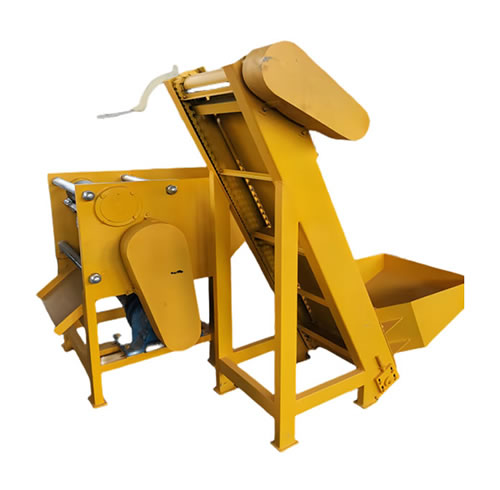Vietnamese lithium battery discharge equipment customer new hope Maoxin helps new energy batteries return to enterprises for cost reduction and efficiency improvement
Technology Gap in Vietnam's Industrialization: Dependence on Leading Foreign Products

The environmental protection technologies for recycling and processing new energy batteries include:
1. **Wet Metallurgy**:
- This method uses chemical leaching to extract valuable metals such as cobalt, lithium, and nickel from spent batteries.
- It is effective but may generate wastewater that requires proper treatment to avoid environmental pollution.
2. **Pyrometallurgy**:
- This involves smelting the spent batteries at high temperatures to recover metals.
- It can handle a wide range of battery types but may produce harmful gases that need to be controlled.
3. **Biometallurgy**:
- This emerging technology uses microorganisms to leach metals from the batteries.
- It is considered more environmentally friendly as it operates under milder conditions and produces less hazardous waste.
4. **Physical Separation**:
- Techniques like crushing, grinding, and sieving are used to separate the different components of the battery for further processing.
- This method is often combined with other technologies for better efficiency.
5. **Direct Recycling Methods**:
- These methods aim to reuse the battery materials directly without extensive processing, reducing energy consumption and environmental impact.
In summary, the recycling and processing of new energy batteries involve a combination of these environmental protection technologies to ensure efficient resource recovery while minimizing environmental pollution.

### Title: Key Challenges of Lithium Battery Discharge Equipment
Lithium battery discharge equipment faces several key challenges. Firstly, safety is a paramount concern. During the discharge process, there is a risk of over-discharge, which may lead to thermal runaway and even fire or explosion. To address this, advanced monitoring and control systems are essential to ensure the battery operates within safe parameters. Secondly, accuracy is crucial. The equipment needs to precisely measure and control the discharge rate and capacity of the lithium battery. Any deviation may affect the performance and lifespan of the battery. Thirdly, efficiency is another challenge. The discharge equipment should be able to discharge the battery quickly and effectively while minimizing energy loss. This requires the development of high-performance electronic components and optimized circuit design. Fourthly, compatibility is also important. The equipment should be compatible with different types and sizes of lithium batteries to meet various application needs. In conclusion, overcoming these challenges is critical for the further development and widespread adoption of lithium battery discharge equipment.
Overall, Vietnam's economic development is rapid, but it also brings about the rather challenging issue of new energy battery recycling and disposal. Lithium battery discharge equipment plays a significant role in the recycling and disposal of new energy batteries in Vietnam. In the future, with the enhancement of environmental awareness and technological advancements, the application of new energy battery recycling will become more widespread in the treatment of new energy batteries. Maoxin Machinery wishes all our Vietnamese lithium battery discharge equipment customers a happy day. We want to express our gratitude to all our new and old customers involved in new energy battery recycling: Thank you for your cooperation, and we wish you thriving careers and a happy life.